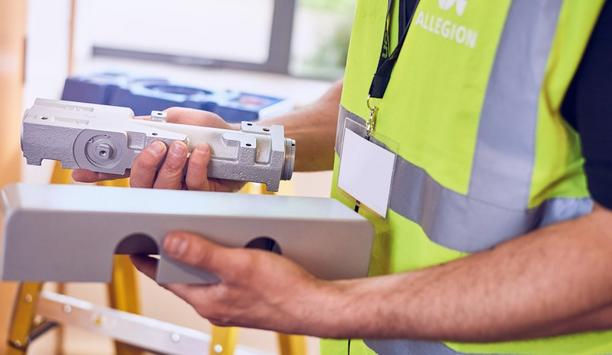Having the right fire extinguishers for the business or commercial property is important in ensuring users are protecting their business and the employees, as well as ensuring they abide by current regulations. Below Thameside outlines the four main fire extinguishers users will need to protect their business and meet current fire safety regulations.
The most common fire extinguisher type for class A fires, water fire extinguishers are essential for most premises. Providing a cooling effect on the material/fuel, the rate of the flames will be dramatically reduced, eventually causing the flames to eventually extinguish. Below are the key points to remember about water fire extinguishers. Water fire extinguishers are distinguished by their bright red label.
Water fire extinguishers can be used to extinguish organic materials such as:
- Paper & Cardboard
- Fabrics & Textiles
- Wood & Coal
However, they should not be used for:
- Electrical Fires
- Kitchen Fires
- Flammable Gas
- Flammable Liquids
Foam fire extinguishers
Foam extinguishers are designed to create a barrier between the flame and the fuel source
The most common fire extinguisher type for Class B fires, foam fire extinguishers are water-based and can therefore work on Class A fires as well. Foam extinguishers are designed to create a barrier between the flame and the fuel source, providing a cooling effect that helps to extinguish the flames. Below are the key points to remember about foam fire extinguishers. Foam fire extinguishers are distinguished by their bright red label.
- Cream
Foam fire extinguishers can be used to extinguish organic materials such as:
- Paper & Cardboard
- Fabrics & Textiles
- Wood & Coal
However, they should not be used for:
- Electrical Fires
- Kitchen Fires
- Flammable Gas
- Flammable Liquids
- Dry powder fire extinguishers
Dry powder extinguishers can also be used on electrical fires
Often referred to as, ‘ABC’ extinguishers, due to the fact they’re able to handle Class A, B, and C fires, dry powder extinguishers can also be used on electrical fires. However, they should not be used in enclosed spaces, as the powder can be easily inhaled and the residue creates excessive mess and staining. Below are the key points to remember about dry powder fire extinguishers.
Label Color:
- Blue
Materials
- Paper & Cardboard
- Fabrics & Textiles
- Wood & Coal
- Flammable Liquids, (e.g. Paint or Petrol)
- Flammable Gases, (e.g. Petroleum Gas, (LPG), or Acetylene)
- Electrical Equipment Up To 1000v
Do Not Use For:
- Electrical Equipment Fires Over 1000v
- Fires Involving Cooking Oil
- Fires In Enclosed Spaces, (e.g. Office Spaces or Residential Buildings).















